Search Images
Browse Content (p. 195)
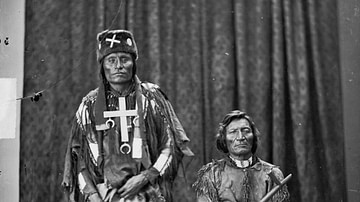
Image
Little Coyote (Little Wolf) and Morning Star (Dull Knife) Chiefs of the Northern Cheyenne
Photograph of the Northern Cheyenne chiefs Little Coyote (better known as Little Wolf) and Morning Star (better known as Dull Knife) by William Henry Jackson, 1873.
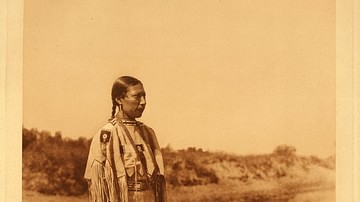
Image
Cheyenne Woman
Cheyenne Maiden, photographed by Edward S. Curtis in 1930.
Library of Congress, Washington D.C.
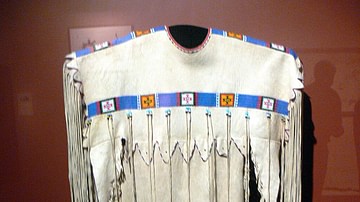
Image
Cheyenne Hide Dress c. 1920
Cheyenne beaded hide dress c. 1920.
Gilcrease Museum, Tulsa, Oklahoma, USA.
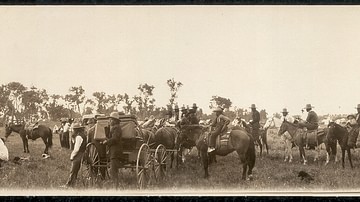
Image
A Cheyenne Sun Dance Gathering, c. 1909
A Cheyenne Sun Dance Gathering, photo by Henry Chaufty, c. 1909.
Library of Congress, Washington D.C.
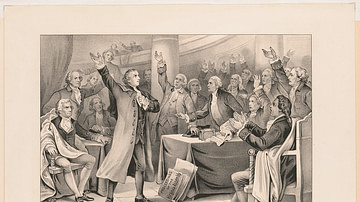
Image
Give Me Liberty or Give Me Death!
"Give me liberty, or give me death!" Patrick Henry delivering his great speech on the rights of the colonies, before the Virginia Assembly, convened at Richmond, 23 March 1775, concluding with the above sentiment, which became the war cry...
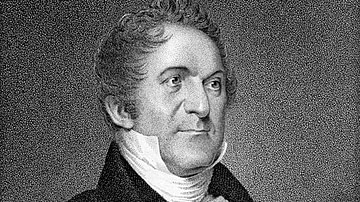
Image
William Wirt
William Wirt (1772-1834), an American author and politician who served as US attorney general from 1817 until 1829. Wirt was also a historian, most famous for his biography of Patrick Henry, which contained a reconstruction of Henry's "Give...

Image
Abhisarika Nayika
Abhisarika Nayika, miniature painting, watercolor on paper, 190x115 mm, Kangra School, 1825-1830.
Lahore Museum.
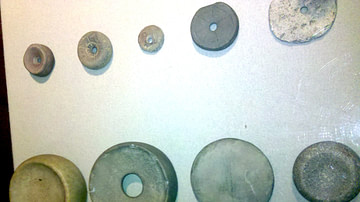
Image
Discoidal Stones Used to Play the Game of Chunkey
Discoidal stones used by Native Americans to play the game of chunkey, found at the Fort Ancient Site in Ohio.
Southern Ohio Museum and Cultural Center in Portsmouth, Ohio, USA.
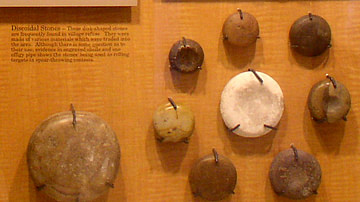
Image
Stone Discoidals Found at the Plaquemine Mississippian Winterville Site
Ground discoidal stones used in the Native American game of chunkey (Tchung-kee), found at the Winterville Site, Mississippi, USA.
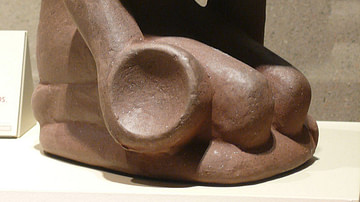
Image
Chunkey Player Flint Clay Figurine from Cahokia
The Chunkey Player Effigy Pipe (also known as "The Chunkey Player"), made of flint clay, measuring 8.5 inches (22 cm) high by 5.5 inches (14 cm) wide. Thought to have originally come from Cahokia but found in Muskogee County, Oklahoma, dated...